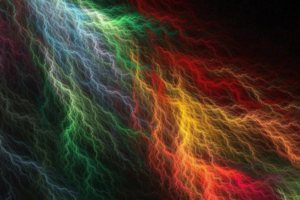Mandala art is a captivating and intricate style of artwork rooted in the ancient traditions of Indian culture. Drawing inspiration from mandalas – circular geometric patterns that symbolize the universe, unity, and balance – Mandala art blends symmetry with creative freedom. This art form emphasizes detailed, rhythmic designs and has gained immense popularity not only for its aesthetic appeal but also for its spiritual and meditative qualities.
Origins and Inspiration
While mandalas have deep roots in Hinduism and Buddhism, Mandala art takes this traditional concept and introduces more elaborate, modern interpretations. The name “Mandala” can sometimes reflect regional variations in how mandalas are represented or simply indicate a creative twist in mandala-making.
Mandala art often combines geometric patterns, floral motifs, organic forms, and elaborate grids, reflecting the interconnection between the cosmos, nature, and the human spirit. It has found a place in many art practices today, including wall murals, canvas paintings, home decor, and digital illustrations.
Characteristics of Mandala Art
- Symmetry and Repetition: A hallmark of Mandala art is its symmetry. The patterns radiate from a central point, creating a hypnotic, balanced effect.
- Intricate Detailing: The designs can range from simple concentric circles to highly detailed, layered patterns using flowers, leaves, and other organic elements.
- Calming Effect: Creating and observing Mandala art is considered therapeutic. It is widely used for mindfulness and relaxation.
- Variety in Mediums: While traditional mandalas were drawn on walls, temples, and sand, modern Mandala art spans across mediums like paper, fabric, and ceramics. Artists also use digital tools to recreate these intricate designs.
Techniques and Tools
- Hand-drawing: Artists usually rely on tools such as compasses, rulers, and fine-tipped pens to achieve precise designs.
- Digital Mandala Art: Programs like Adobe Illustrator or Procreate allow artists to experiment with colors, layers, and textures.
- Painting and Murals: Acrylics and watercolors on canvas or murals on walls bring the designs to life in vibrant forms.
Symbolism in Mandala Art
Each shape and element within a Mandala design carries symbolic meaning. Circles represent unity and infinity, while lotus flowers signify purity and spiritual awakening. Colors are also carefully chosen to reflect emotions—blue for tranquility, red for passion, and green for growth.
Contemporary Influence
Mandala art has found its way into modern trends such as tattoo designs, home decor, and fashion. People use these artworks to enhance spaces with positivity and beauty, believing they bring harmony and mindfulness. Workshops on creating mandalas are becoming increasingly popular, helping individuals explore self-expression and meditation through art.
In summary, Mandala art is more than just a visual feast—it’s a journey into balance, symmetry, and creativity. Whether you’re admiring a hand-drawn piece or crafting one yourself, this art form offers a unique way to connect with inner peace and celebrate the beauty of patterns in everyday life.











